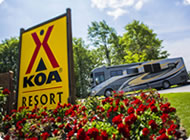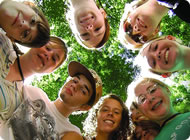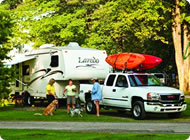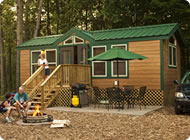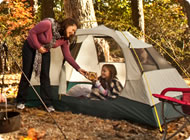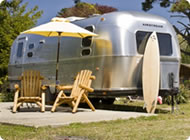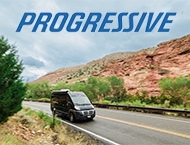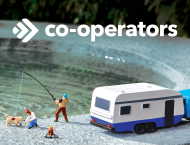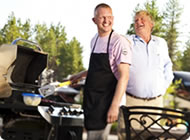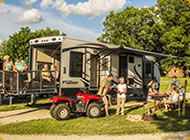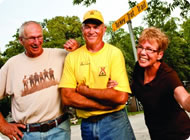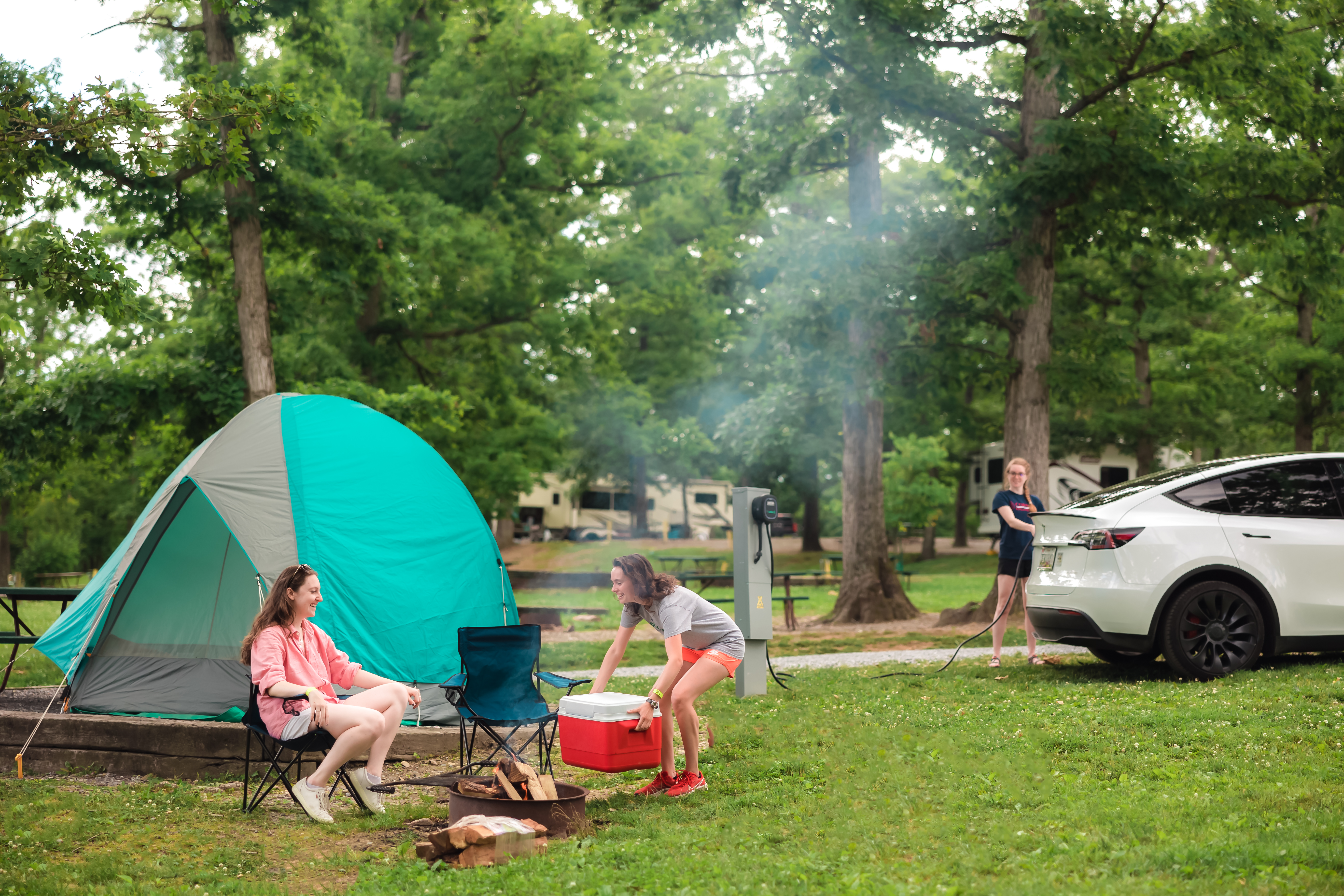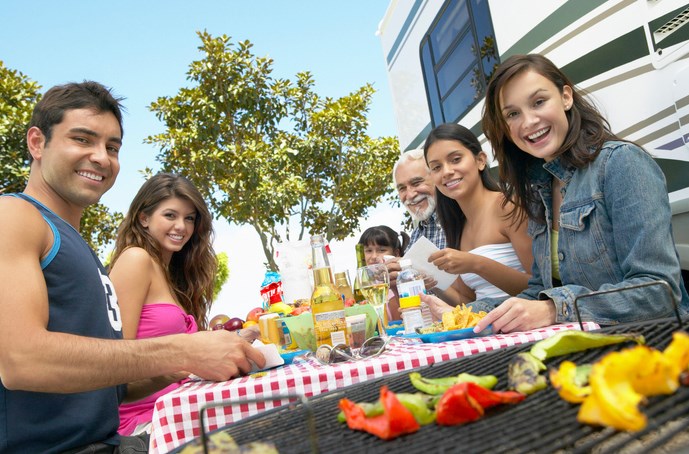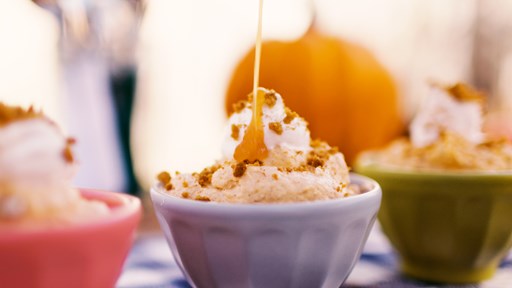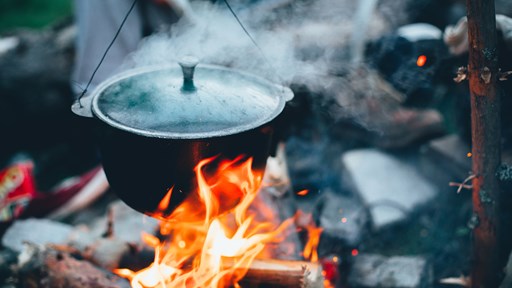The road to food safety, however, can either be a bumpy one or smooth—depending on what precautions are taken handling meals as we travel during the summer. If you have dietary restrictions, it can be a challenge finding food when traveling. In these cases, you may prepare and bring your own meals when traveling to a campsite by avoiding unnecessary hassle.
Unfortunately, if you don’t take food safety into account when preparing and traveling with food, you may be taking a highway to the danger zone. It can certainly damper your camping experience. That’s because harmful bacteria multiply rapidly in the “danger zone,” the temperatures between 40 and 140°F. You must take care when packing perishable food to ensure their safety before you eat them on the road.
Prior to preparing meals:
- Wash your hands with warm water and soap for at least 20 seconds before handling food. This is the best way to reduce the spread of germs and prevent food poisoning. Wash your hands again after handling raw meat, poultry, eggs or seafood. If you do not have access to clean water, make sure to pack clean moist towelletes and/or hand sanitizer.
- Avoid handling cell phones and other electronic devices, keys and bags during food preparation, and keep them off preparation and eating surfaces.
- Always use clean utensils, plates and cutting boards. Remember to use separate plates or areas – one for fruits and vegetables and the other for raw meat or poultry.
- Wash fruits and vegetables with clean water, but never wash meat, poultry or seafood.
While preparing meals:
- Pack just the amount of perishable food that can be eaten at mealtime. That way, there won’t be a problem with scrambling to store leftovers safely.
- It’s fine to prepare the food the night before, but pack lunch bags right before leaving home. Freezing sandwiches helps them stay cold. You should not freeze sandwiches containing mayonnaise, lettuce or tomatoes. Add these toppings later.
- Pack snacks and meals containing perishable food in an insulated lunchbox or soft-sided bag. Perishable food can be unsafe to eat if stored in a paper bag for too long.
- Include at least two cold sources when packing meals. Frozen juice boxes or water can also be used as freezer packs. Freeze these items overnight and use with at least one other freezer pack. After a few hours the liquids should be thawed and ready to drink.
When Traveling or in an RV:
- Keep hot foods HOT and cold foods COLD. Perishable foods only last two hours at room temperature. This time drops to only one hour if the air temperature is above 90˚F. Travel with a cooler or insulated bag to keep your perishables at the proper temperature.
- For microwavable foods, read the package instructions carefully to find out what microwave settings to use. Microwave packaged food or leftovers until they reach 165°F. Using a food thermometer is the only way to make sure harmful bacteria has been destroyed.
- Always use microwave-safe plates when reheating. Some non-microwave safe containers can melt or warp and may leak harmful chemicals into your food.
- Cover food with a lid, plastic wrap, or wax paper, turning up one corner to let steam escape. Also, rotate or stir food halfway through cooking. This helps to heat food evenly and removes cold spots.
Follow these tips and you’ll keep bacteria out of your meal.
Need more food safety information? Call the USDA Meat and Poultry Hotline at (1-888-674-6854)
Monday through Friday, from 10 a.m. to 6 p.m. Eastern Time, or email or chat at AskKaren.gov.
Nirav Shah, Food Safety Education Staff, Food Safety and Inspection Service, USDA







